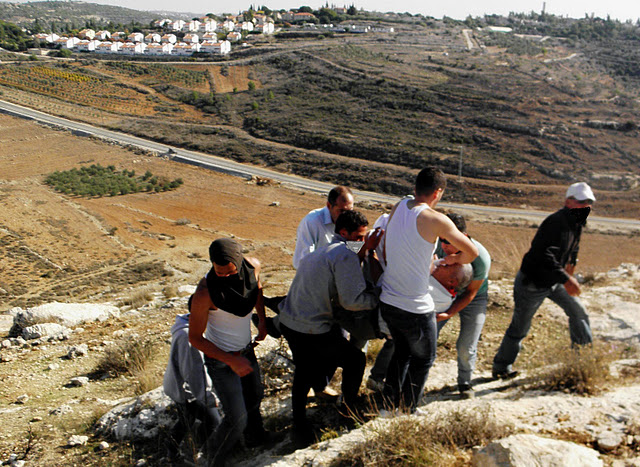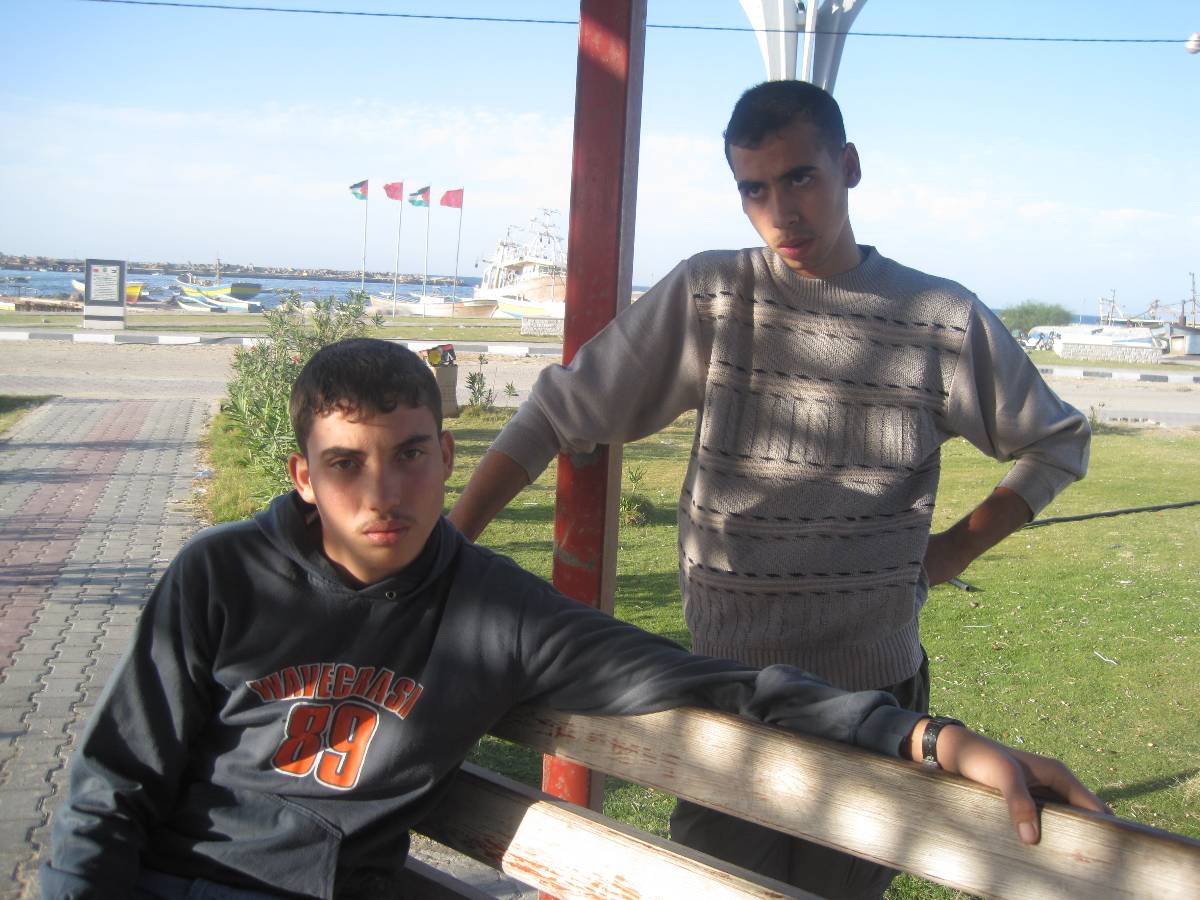Month: November 2011
-
As B’TSelem documents shooting of man, employee is arrested
by Aida Gerard 11 November 2011 | International Solidarity Movement, West Bank A 55 year old Palestinian man was taken to hospital from Nabi Saleh due to an injury from a rubber coated steel bullet. After two hours of demonstrating the Israeli Occupation Forces invaded Nabi Saleh and arrested one Palestinian, 36 year old Bilal Tamimi,…
-
Kufr Qaddoum: In the footsteps of an unwarranted arrest
12 November 2011 | International Solidarity Movement, West Bank Following the first barrage of tear gas during November 11th’s peaceful demonstration in Kufr Qaddoum , some Israeli soldiers began to make their way into the village. The soldiers picked up one villager, 30 year old Hazzem Barham, who was lying down unconscious from the tear…
-
Israeli navy kidnaps two Palestinian children and uncle fishing in Gazan waters
by Radhika S. 12 November 2011 | International Solidarity Movement, Gaza Seventeen-year-old Abdul Qader Baker still has no idea why the Israeli navy surrounded his small fishing boat at 4 a.m. Thursday morning, ordered him, his 17-year-old cousin Mohamed Baker, and his uncle, Arafat Baker, to strip off their clothes, stand shivering in their underwear…


